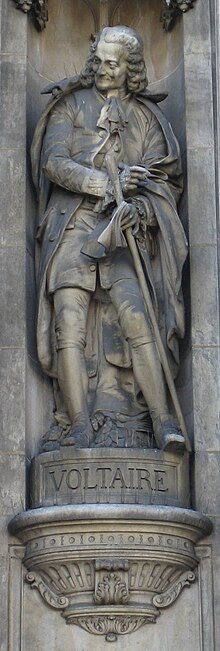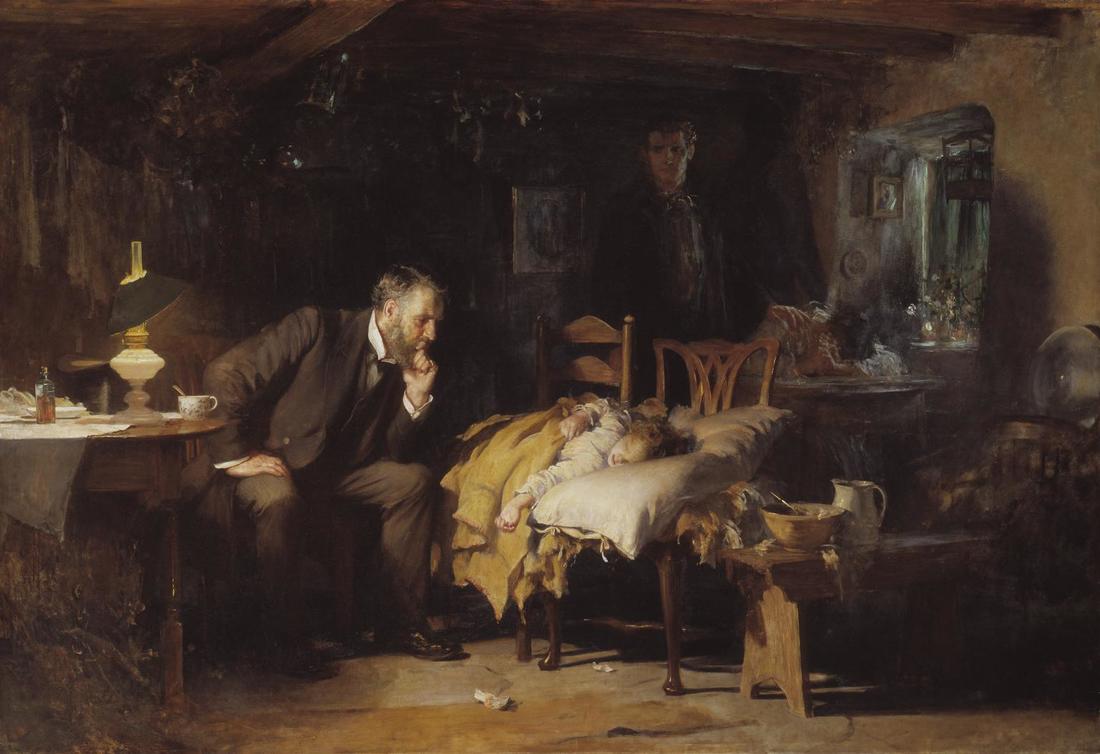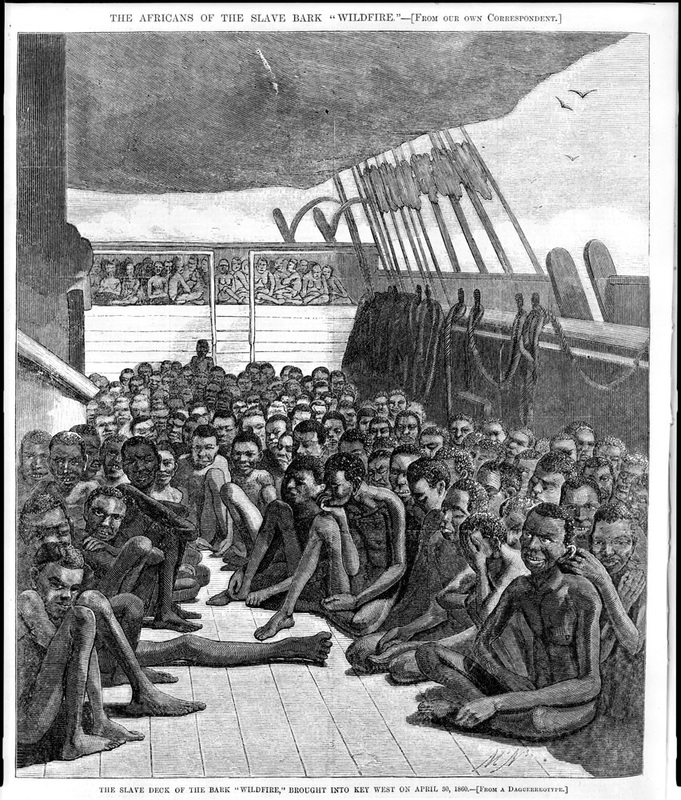|
In 1837, Will drags Niklas out to see the new railroad between New Orleans and Lake Pontchartrain, where Ardennes horses are pulling the railroad cars. By that time, there was a steam engine, but horses were used whenever the engine broke down. Niklas recognizes the horse breed because he was in Napoleon’s cavalry, which owed its return from Moscow to Ardennes. Only these powerful, hardy horses were able to survive the cold and privations to keep pulling supply wagons through axle-deep mud and snow on the long march across Russia. The Ardennes are the root of all heavy draft breeds existing today. They are a true cold-blooded horse, a direct descendant of the Solutrian horse that roamed the basins of the Rhone, Saone and Meuse during the Paleolithic period. They are relatively unchanged since the last Ice Age, 15,000 years ago. The Ardennes have been war and draft horses for at least 2,000 years. Julius Caesar declares in his commentaries (58-48 BC) that "the horses of the second Belgium" are "rustic, hard and tireless" and he recommended their use "in heavy cavalry work." In the thousand years of Middle Ages, knights found the sturdy, compact, good-tempered Ardennes strong and tireless chargers, easily able to carry the weight of men in full armor into battle. In 1096 Geoffrey of Boullion, a nobleman from a region in the heart of the now-Belgian Ardennes Forest, rode off on crusade on his Ardennes stallion. (Warren, of Akron, Ohio, made an excellent point in his comment on the original 2016 posting: "Very interesting. Some people think big draft horses are always slow-moving, but that's not true. They were magnificent war horses." Thanks, Warren!)
0 Comments
This tragic scene of a child's death hung in my doctor’s office when I was a young woman. It is The Doctor, painted by Luke Fildes in 1891 in memory of his own son’s death at one year old. Something often forgotten about the pre-industrial era is the death rate from childhood disease.
The first diphtheria vaccine was not produced until the 1920s. Before then, 100,000 - 200,000 cases occurred each year in the U.S. and 15,000 - 20,000 deaths. Called ”the Plague among Children,” diphtheria was once a dreaded disease, with frequent large-scale outbreaks. An epidemic between 1735 and 1740 in New England killed eighty percent of children under ten years old in some towns. In 1613, an epidemic of diphtheria in Spain was known as “El Año de los Garrotillos,” The Year of Strangulations. In the 1830s, Europe was hit with waves of deadly diseases: scarlet fever, diphtheria, typhoid fever, typhus and cholera. To this one must add deaths from diseases with lower mortality rates, including measles and whooping cough, which as recently as this decade, 60 years after vaccines for them became available, still kill more than 300,000 children annually worldwide. Vaccination programs have decreased the incidence of diphtheria; however, when vaccination rates drop, infection rates rise and serious outbreaks occur, as in the 1990s when an epidemic in Russia caused about 5,000 deaths.  On this date in 1789, the declaration of "Droits de l'homme," The Rights of Man, were published in Paris. That makes it appropriate to remember that the city's nickname, “The City of Light,” comes from more than the Eiffel Tower, however brilliantly lit. Paris was called ‘La Ville-Lumière’ because it was central to the Age of Enlightenment, and as such, at the heart of education, ideas and culture for all of Europe. The Age of Enlightenment may be said to begin with the 1687 publication of Newton’s Mathematical Principles of Natural Philosophy, which demonstrated a universe governed by natural, quantifiable laws. From Newton's laws, scholars understood that the universe was rational, comprehensible, and ordered. The Enlightenment continued into the 18th and 19th centuries, with John Locke’s social contract theory, René Descartes’ embrace of reason and Voltaire’s crusade against superstition and prejudice. By applying systems of rationality to ethics, science, philosophy and politics, the Enlightenment laid the groundwork for the American and French Revolutions, as well as capitalism, religious toleration and human rights. Enlightenment thinkers wanted to lead the world toward the light of progress and out of the long period of irrationality, superstition and tyranny that began with the Dark Ages via three pillars of thought: reason, science and empathy. When you think of Paris, “the City of Light” remember this intellectual legacy, one that we can all be proud to share.
1836 was the first of many years of unseasonably cold summers in Ireland. No one knew what lay ahead, of course: by 1851, almost an eighth of Ireland’s population, a million Irish, would be dead from starvation or disease.
Potatoes, originally from Central and South America, had become a staple crop across much of northern Europe, and as the blight spread, famine stalked all of the region. The hardest hit areas were those most dependent on one crop and those whose governments were negligent or cruel. Ireland and Sweden qualified on both accounts. In 1836: Year of Escape, the family meets Irishmen who fled the failed 1798 Irish Rebellion, and in 1837, an Irish nun learns about the terrible summer of 1836 in a letter from her family. This article from History Magazine tells what we know now about the potato disease that spread across Europe and devastated Ireland. |
Rose KleidonNever quit asking "Why?" This motto works out well for a researcher. Archives
June 2022
Categories
All
|
Website by Kleidon & Associates







 RSS Feed
RSS Feed